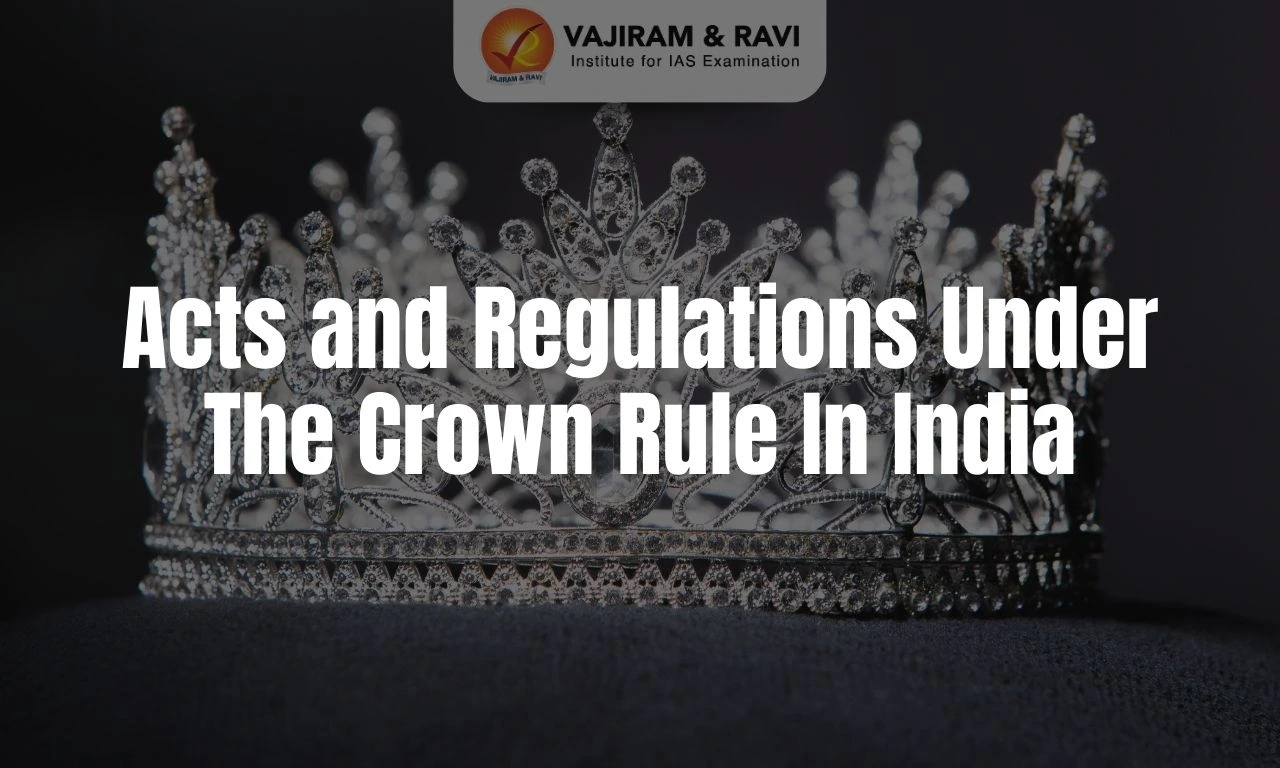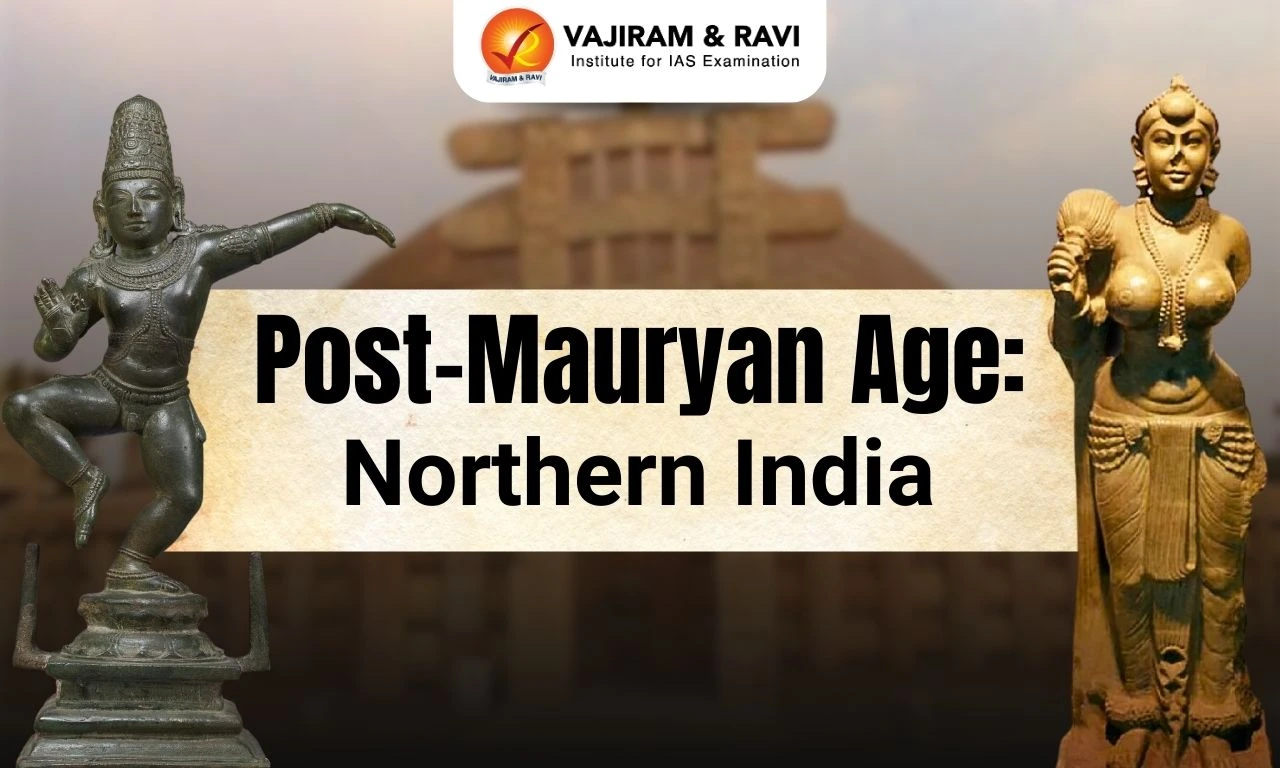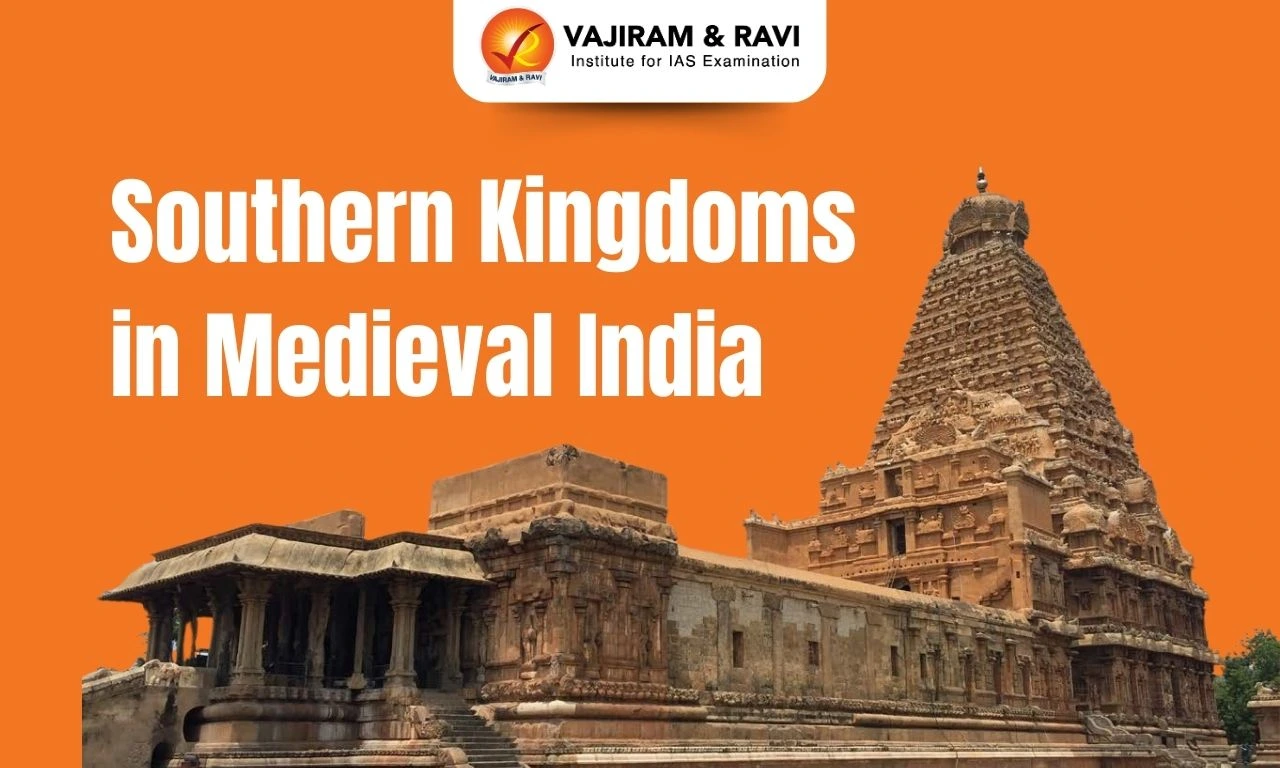What is the definition of ‘tribe’ in India?
According to the Imperial Gazetteer of India, a tribe is a collection of families bearing a common name, speaking a common dialect, and occupying or professing to occupy a common territory. India is known as a Melting pot of tribes and races.
After Africa, India has the second largest concentration of tribal population in the world. As per the 2011 Census, the tribal population constitutes about 8.9% of the total population in India.
What are the different nomenclatures for the tribals in India?
Adivasis (Indigenous population)
- Adivasis is a term used to refer to the Indigenous population of India. Adivasis are considered to be the original inhabitants of India, and they have their own distinct cultures, languages, and customs.
- They have been living in different parts of India for centuries, and have a deep understanding of the ecology and resources of their regions.
Scheduled Tribes (STs)
- The term 'Scheduled Tribes' first appeared in the Constitution of India. Article 366 (25) defined scheduled tribes as "such tribes or tribal communities or parts of or groups within such tribes or tribal communities as are deemed under Article 342 to be Scheduled Tribes for the purposes of this constitution".
The essential characteristics of these communities are
- Primitive Traits
- Geographical isolation
- Distinct culture
- Shy of contact with the community at large
- Economically backward
| STATE/UTs | MAJOR TRIBES |
| Jammu & Kashmir | Sippi, Beda, Balti |
| Himachal Pradesh | Gaddi, Kanaura, Gujjar |
| Rajasthan | Bhill, Damor, Dhanka |
| Sikkim | Bhutia, Lepcha |
| Arunachal Pradesh | Kuki, Mikir, |
| Madhya Pradesh | Gond, Kamar, kol |
| Chhattisgarh | Baiga, Korba, Abhuj Maria |
Particularly Vulnerable Tribal Groups (PVTGs)
- PVTGs stands for Particularly Vulnerable Tribal Groups. They are considered the most disadvantaged and marginalized among the tribal communities.
- On the recommendation of the Dhebar Commission (1973), in 1975 Government of India created a sub-category called Primitive Tribal Groups (PTGs), later renamed as Particularly Vulnerable Tribal Groups (PVTGs). Now there are total of 75 PVTGs spread over 17 states and one Union Territory (UT).
- Characteristics of PVTGS: They are mostly homogenous, with a small population, relatively physically isolated, social institutes cast in a simple mold, absence of written language, relatively simple technology, and a slower rate of change etc.
- Government of India follows the following criteria for the identification of PVTGs.
- Pre-agricultural level of technology
- Low level of literacy
- Economic backwardness
- A declining or stagnant population.
| STATE/UTs | PVTGs |
| Gujarat | Kathodi, Padhar |
| Odisha | Birhor, Bonda, Dongria-khond |
| Tripura | Reangs |
| West Bengal | Birhor, Lodas, Totos |
| Andaman & Nicobar Islands | Great Andamanese, Jarawas, Onges, Sentinelese, Shorn Pens |
| Karnataka | Jenu Kuruba, Koraga |
Forest dwellers
- Forest dwellers refer to people who live in and around forested areas, and rely on forests for their livelihoods and well-being. Forest dwellers may rely on forests for a variety of purposes, including hunting and gathering, agriculture, pastoralism, and non-timber forest products such as honey, medicinal plants, and bamboo.
- The Forest Rights Act (FRA), 2006 recognizes the rights of the forest-dwelling tribal communities and other traditional forest dwellers to forest resources, on which these communities were dependent for various needs, including livelihood, habitation, and other socio-cultural needs.
Denotified tribes
- Denotified tribes (DNTs) are communities once considered "criminal tribes" by the British colonial government in India.
- The Criminal Tribes Act of 1871 labeled certain communities as "habitually criminal" and subjected them to strict state control and surveillance.
- After India's independence in 1947, the Act was repealed, and these communities were "denotified" or removed from the list of criminal tribes.
- However, the legacy of this labeling has had a lasting impact on these communities, who continue to face discrimination and marginalization.
Nomadic and semi-nomadic
- Nomadic and semi-nomadic people are communities that move from place to place, often with their herds or flocks, searching for food and water for their animals and in response to seasonal changes.
- Examples: Banjara, Lambadi, Raika, Rabari, and Gaddi. These communities move with their herds of sheep, goats, and cows or engage in small-scale agriculture and move seasonally in search of resources.
How are the tribes different from mainstream society?
Tribal communities in India are distinct from mainstream society in several ways. Some of the key differences include:
- Cultural practices:
- Tribal communities have their own unique cultures, languages, and customs that are often different from those of mainstream society.
- For example, the Warli tribe in Maharashtra, India, has a distinct art form known as Warli Painting, done on mud walls during festivals and ceremonies.
- Economic practices:
- The tribes generally depend on natural resources for their livelihoods, such as agriculture, hunting, gathering, and fishing. They may also rely on traditional skills such as pottery, basket making, and other handicrafts.
- For instance, the Bonda tribe of Odisha, India, depends on the forest for their livelihood, they practice shifting cultivation and hunt wild animals for food.
- Social organization:
- Tribal communities tend to be organized around kinship groups rather than a centralized government or political system. They have their own traditional systems of governance, conflict resolution, and social control.
- For example, the Kondh tribe of Odisha has own traditional systems of governance, conflict resolution, and social control, where the village council, known as 'Gudi' is responsible for the decision-making.
- Relationship to land:
- Many tribes have a strong spiritual and cultural connection to the land they live on and have a deep understanding of the ecology of their region.
- The Bhils of Rajasthan, for instance, have a deep understanding of the ecology of their region and believe that their gods reside in the forests, hills, and rivers.
What are the contributions of tribal communities in India?
Tribal communities in India have made significant contributions to the country in various ways. Some examples of their contributions include:
- Environmental conservation:
- Many tribal communities have traditionally lived in harmony with nature and have developed sustainable practices for managing natural resources.
- For example, the Chenchus tribe in Andhra Pradesh is known for their conservation practices in the Nallamala Hills, where they have protected the forest and its wildlife for generations.
- Economic Contribution:
- They are engaged in various forms of livelihoods, such as agriculture, forest-based livelihoods, and handicrafts.
- For example, the Gond tribe in Madhya Pradesh is known for their traditional skills in metal craft, painting, and sculpture. They also earn their livelihood from farming and tend to be experts in shifting cultivation.
- Indigenous/Traditional Knowledge:
- Tribal communities possess a vast range of knowledge, skills, and practices that are specific to their environment and their way of life.
- For example, the Siddi tribe, who are of African descent, have traditionally been involved in beekeeping and honey hunting, and possess vast knowledge of medicinal plants, which is now being studied by scientists.
- Political representation:
- The political representation of tribal communities in India has been significant, and they have contributed to the nation-building process.
- For example, Hon’ble president Droupadi Murmu, Jual Oram (Former Union Minister of Tribal Affairs), etc.
Last updated on November, 2025
→ Check out the latest UPSC Syllabus 2026 here.
→ Join Vajiram & Ravi’s Interview Guidance Programme for expert help to crack your final UPSC stage.
→ UPSC Mains Result 2025 is now out.
→ UPSC Notification 2026 is scheduled to be released on January 14, 2026.
→ UPSC Calendar 2026 is released on 15th May, 2025.
→ The UPSC Vacancy 2025 were released 1129, out of which 979 were for UPSC CSE and remaining 150 are for UPSC IFoS.
→ UPSC Prelims 2026 will be conducted on 24th May, 2026 & UPSC Mains 2026 will be conducted on 21st August 2026.
→ The UPSC Selection Process is of 3 stages-Prelims, Mains and Interview.
→ UPSC Result 2024 is released with latest UPSC Marksheet 2024. Check Now!
→ UPSC Prelims Result 2025 is out now for the CSE held on 25 May 2025.
→ UPSC Toppers List 2024 is released now. Shakti Dubey is UPSC AIR 1 2024 Topper.
→ UPSC Prelims Question Paper 2025 and Unofficial Prelims Answer Key 2025 are available now.
→ UPSC Mains Question Paper 2025 is out for Essay, GS 1, 2, 3 & GS 4.
→ UPSC Mains Indian Language Question Paper 2025 is now out.
→ UPSC Mains Optional Question Paper 2025 is now out.
→ Also check Best IAS Coaching in Delhi
Tribal Societies in India FAQs
Q1. Which states in India have the highest concentration of tribal communities? +
Q2. What are the various committees established to address the status of the tribals in India?+

















